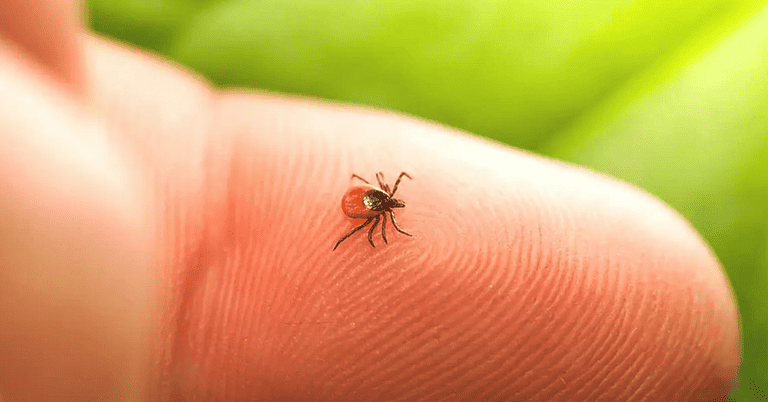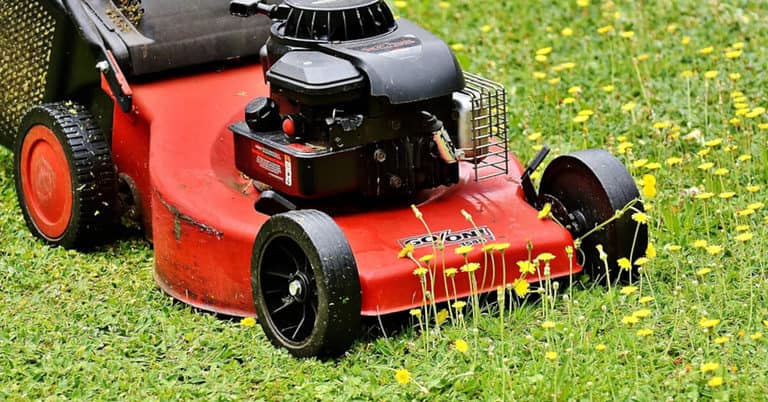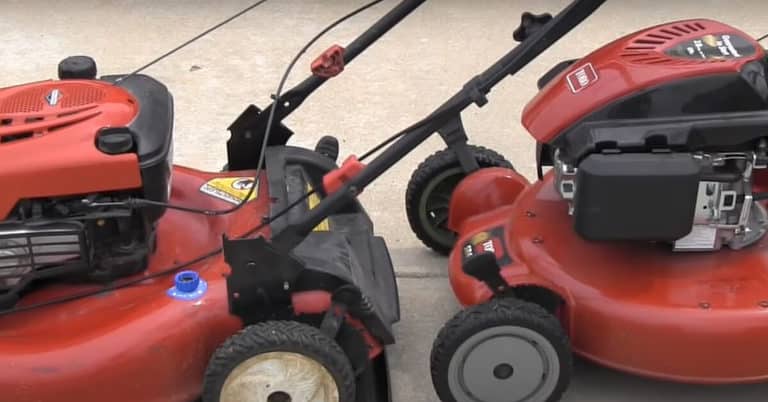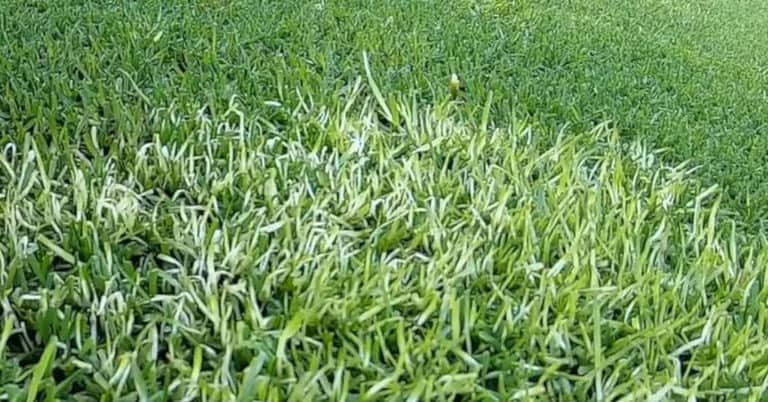Difference Between Topsoil And Lawn Soil
Despite their differences and similarities, topsoil and lawn soil are frequently interchanged, with the former used more often. Lawn soil, like topsoil, has been amended to make it suitable for plant growth. Compost or other organic materials are mixed for a particular plant species to deliver a nutrient boost.
Topsoil differs from lawn soil in that topsoil typically has loose dirt, sand, and healthy microbes, while lawn soil typically has rocks, clay, and dirt. Adding topsoil may promote more vigorous root growth in your lawn and garden. However, the top six inches should be topsoil rather than lawn soil, which is better for filling deep holes.
This means that if you take the time to tend to your lawn, you will also be able to increase the nutritional content of your garden soil, which results in improved plant health. In our guide, you can learn the difference between topsoil and garden soil.
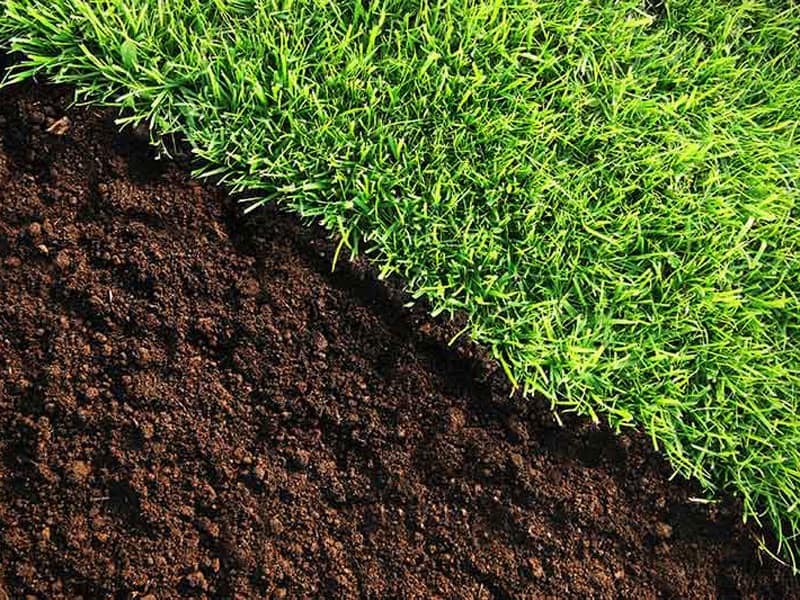
By the end, you’ll see how one can be used for construction projects while the other is suited to hanging baskets. By the end, you’ll know how to add topsoil and lawn soil, how to add compost or other organic matter, and the answer to, can I use garden soil for lawn care?
What Is Lawn Soil?
Topsoil and lawn soil are two very different things. Over-saturating your lawn with soil will cause drainage problems and cause stunted plant growth. However, if you mix this with topsoil, it can improve water retention. The following are some of the critical distinctions between topsoil and lawn soil:
Topsoil, but not lawn soil, can be dispersed with a spreader. Loose topsoil drops through the soil spreader’s mesh gate, yet lawn soil is mostly too heavy for spreaders. Topsoil comprises fine, organic particles, while lawn soil is laden with stones and clay.
Stones in the soil can hinder grass growth and water drainage; thus, removing them is essential. In addition, lawn soil inhibits root development when it should encourage it. Topsoil is a better medium for grass seed germination than lawn soil. However, the seedlings require loose soil in topsoil because of their vulnerability. Gardeners purchase lawn soil to fill in large yards and level the soil to deliver a great foundation before adding the top soil for grass.
Topsoil contains a wealth of nutrients and organic matter and can be purchased in convenient bags when you need more soil to grow plants and grass. (Learn How Long Do Roses Last In The Fridge)

Topsoil Vs. Lawn Soil: How to Choose
Garden soil and topsoil differ from one another, as we have seen. Topsoil serves as a general-purpose landscaping component. It serves a variety of functions, including the ones listed below;
- When preparing to put sod, leveling low spots in the lawns
- Filling the raised bed planters’ lowest levels
To boost weed and insect resistance in garden beds and an existing lawn by adding organic matter to reduce thatch Gardeners use lawn soil for
- To hang flower baskets and window boxes
- To raise bed planters and container gardens for healthy plants
- To plant vegetable gardens, herb gardens, and flower gardens
Choosing The Right Soil Types
You need to consider several things to choose the best type of soil for your garden;
1. Soil Test
It is advised that you first identify the nutrients that are deficient in your soil before deciding whether to use topsoil or garden soil. To find out, do a soil test that will identify the nutrients that are missing, their level, and the PH of your soil.
You can send off samples or purchase kits to do this yourself. Such tests can also let you know the type of fertilizer to add, yet adding organic material won’t affect soil as much as topsoil enriched with fertilizer.
2. Price Range
Price can also help you decide between either topsoil or garden soil. High-quality lawn soils are expensive, making it difficult for gardeners with limited funds. Topsoil’s are cheaper, so an average gardener can afford them. To cut costs, it’s best to blend lawn soil and topsoil.
3. Garden Size
Before purchasing any soil, you must also consider the size of your garden. It will significantly impact how much soil you need to buy. If, after doing soil testing, you find that your soil lacks a component that can only be got by lawn soil and yet your garden is too large, mixing with topsoil is always a better option. This will cut overall expenses.
4. How You Will Use the Soil
What use do you have in mind for the soil? For example, do you want to plant or level your garden? Your response will be crucial in determining the soil to choose. Keep in mind that garden soil should meet the specific needs of your garden, whereas topsoil is more of a general-purpose soil.
How to Use Lawn Soil and Topsoil
It is agreed upon that you should never replace the entire current soil in your garden, regardless of the type of soil you have chosen. This may have detrimental impacts on your garden and produce unexpected outcomes. For example, you only need to add a few inches of soil to the current soil rather than replace it if you want to expand your garden or create raised beds.
After purchasing the new soil, thoroughly till the garden before adding it to the existing soil. Before planting, till the soil once more to incorporate fresh soil and organic materials.
Using the proper materials while redesigning your flower beds or landscaping your entire yard is crucial. If you use the wrong soil, all of your labor could be undone by the first downpour, or nutritional deficiency could prevent your flowers from blooming.
Knowing the difference between garden soil and topsoil is one of the most crucial gardening skills; if you choose the wrong one, your garden’s health and growth may suffer.
Garden Soil
The word “garden soil” is used on premixed soils sold in home improvement stores, but it’s not a different sort of soil. A home garden’s soil mixes sand, silt, clay, and minerals.
Packaged garden soils are blended to target a specific type of garden or plant, such as flower, vegetable, or herb gardens. If you plan to buy bulk garden soil instead of bags, ask about the sand and organic materials sources. So, it will combine perfectly with your garden soil.
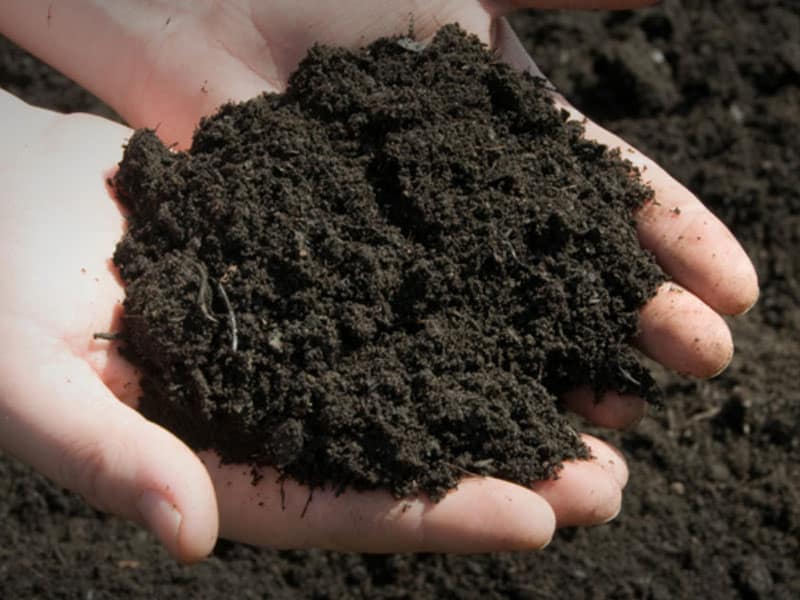
Topsoil
“Topsoil” is the earth’s top layer of soil. The topsoil layer’s depth and texture vary by location. Clay, silt, and sandy topsoil’s hold moisture after it rains, preventing air from reaching plant roots and gardening a challenge.
Best topsoil has a loamy texture with 7-27% clay, 28%-50% silt, and under 52% sand.
Low-water-retention topsoils are easy to till. Topsoil is offered in bulk for large-scale landscaping, unlike garden soil. Topsoil is a general-purpose soil mixture that may not be as fertile or organic as garden soil.
Topsoil or garden soil depends on your garden’s needs. A soil test can tell you what nutrients your garden lacks so that you can find garden soil or topsoil with those minerals.
Besides evaluating the contents, you may also compare the price. For example, high-quality garden soils can be expensive, whereas topsoil’s much less. Also, topsoil is ideal for general-purpose landscaping, whereas packaged garden soil is plant specific. If you have a large garden, mix them. (Learn How To Neutralize Dog Urine On Grass)
Can Topsoil Be Used for Lawns?
Topsoil can promote lawns’ root development, grass growth, and water retention.
To make weeds from growing, be sure to overseed the lawn. It’s best to avoid bare soil spots because topsoil has everything most weeds require growing.
When using topsoil for lawns, keep these three suggestions in mind:
- Fill holes up to six inches deep with topsoil. If the holes are deeper than a foot, they fill with dirt or lawn soil, but many pros fill the hole until there is a six-inch divot.
- Lay the stones or seeds you want to fill the area after covering it with topsoil. Never allow the soil to remain bare if you want to stop weeds from sprouting.
- Till the soil until it is loose if it is too clay-filled or compact. The topsoil should then be added and raked into the current lawn soil.
- The soil is aerated during this process, and nutrients are cycled. You can also use aerating boots or an aerating roller tool to loosen the soil.
- To refresh the soil, cover the top of the lawn with a one-inch layer of topsoil every year.
- Rain, settling, and pressure from the plants and stones on topsoil naturally compact it. A bit of topsoil added once a year can promote plant growth, particularly when overseeding the lawn.
Conclusion
Every gardener must first choose the soil they will use in their garden. This causes having a fundamental awareness of gardening principles, such as being aware of the PH level of your garden soil, the nutrients required, and your financial budget.
Topsoil and garden soil selection is not always straightforward because more information must be gathered before making this choice. You may improve the output of your garden with the help of the thorough advice here, and most of all, your soil test to find nutrients needed for your particular needs or the needs of your garden.



